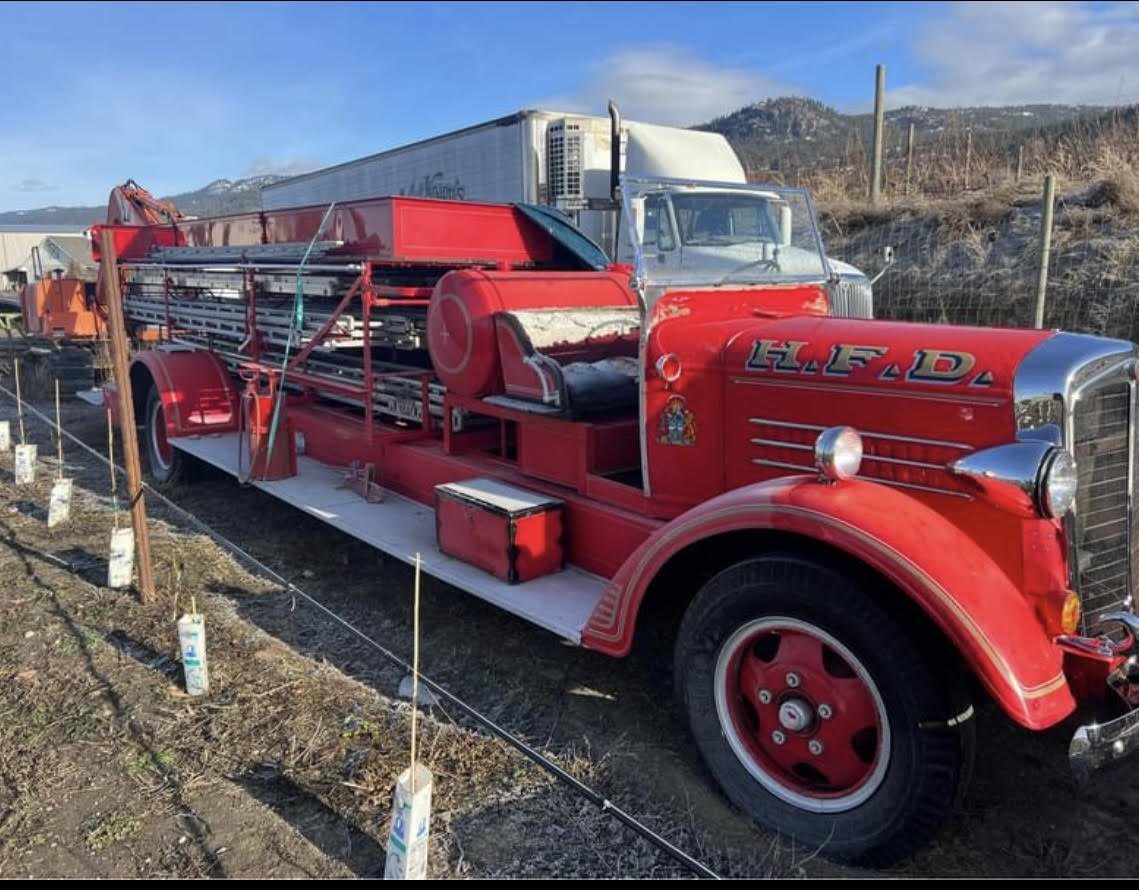GOOD GAWLEY, MISS MAWLEY!
/One of the very early families to settle in the Marmora area was the Gawley family, brought here in 1823 by Andrew Gawley. (1781-1861) The story has it that Andrew, whose wife, Jane Reid, died on the voyage here, arrived with four children (Jane, John, James, & Margaret). By 1834, Andrew had married Dorothy Keyes, a member of another old pioneer family, and 20 years his younger. They went on to have 6 or 7 more Gawleys to spread the name throughout Upper Canada.
Elsinore Cemetery, Bruce County.
One such son was Royal Gawley (1845-1926), named after his grandfather of Marmora fame, Royal Keyes. (Cemetery Information — MarmoraHistory.ca) Royal Gawley’s life story is one of sadness and perseverance. Just after his third child was born, his wife, Anna Maria Smith died, and Royal was suddenly totally blind. Then, as if set up to be tested again, his second child, Andrew (1885-60) fell on a rotating circular saw and lost both his hands at the age of 17. With the help of good neighbours and his skill as a craftsman he made a living but more importantly assisted Andrew to find his way through life.
It was Andrew Gawley who made history.
While in hospital recovering from the accident, Andrew was determined to design hands for himself, and with the help of his skilled blind father and Sy Kolb, a blacksmtih, he produced steel hands, but they operated on one plane only. He then set to work on improving the model to do more.
“It is a simple hand, with five holds or grips in it. Five different grips of different sizes and degrees of power, two opening as the hand moves closer to the body and three opening as the hand is moved away from the body. The great problem in designing an artificial hand is to find the mathematical secret governing the grips at various distances from the body. There is no sense of touch.”
Yet Andrew Gawley was able to do anything from thread a needle, or tie a bow, to lifting a 260 lb. Ford engine block in one hand. He went on to be a machinist for the war effort, worked for Fisher Motor Company, operated a cigar store, sold fruit trees and silverware, and ran a flourishing machinist repair shop in Meaford. He was an avid cyclist, and rode a motor cycle
Andrew Gawley at Ripleys believe it or not Photo from PBS
But his fame was for his work making hands for amputees, especially soldiers returning home from war, who all agreed his hands were far better than the patented hand offered by the government. Well known as “The Man With the Iron Hands”, he travelled with Ripleys Believe it or Not, travelling to the Chicago World’s Fair, and various exhibitions in California, Texas, Florida, Cleveland, San Francisco and New York. He even did a tour of a number of Canadian towns with Conklin Brothers.Losing his hands, though, was not the end of his grief. On two occasions he suffered devastating losses to fires, and ended his days living in a barn. He was often the target of ” vandals and petty thievery” and ridicule. But he was known to take it all in stride and on Christmas Day, 1960, The Man with the Iron Hands died. Luckily his legend lives on at the Meaford Museum, and in a play performed by the Meaford Community Theatre.
Andrew Gawley Lakeview Cemetery, Meaford Ontario.

































